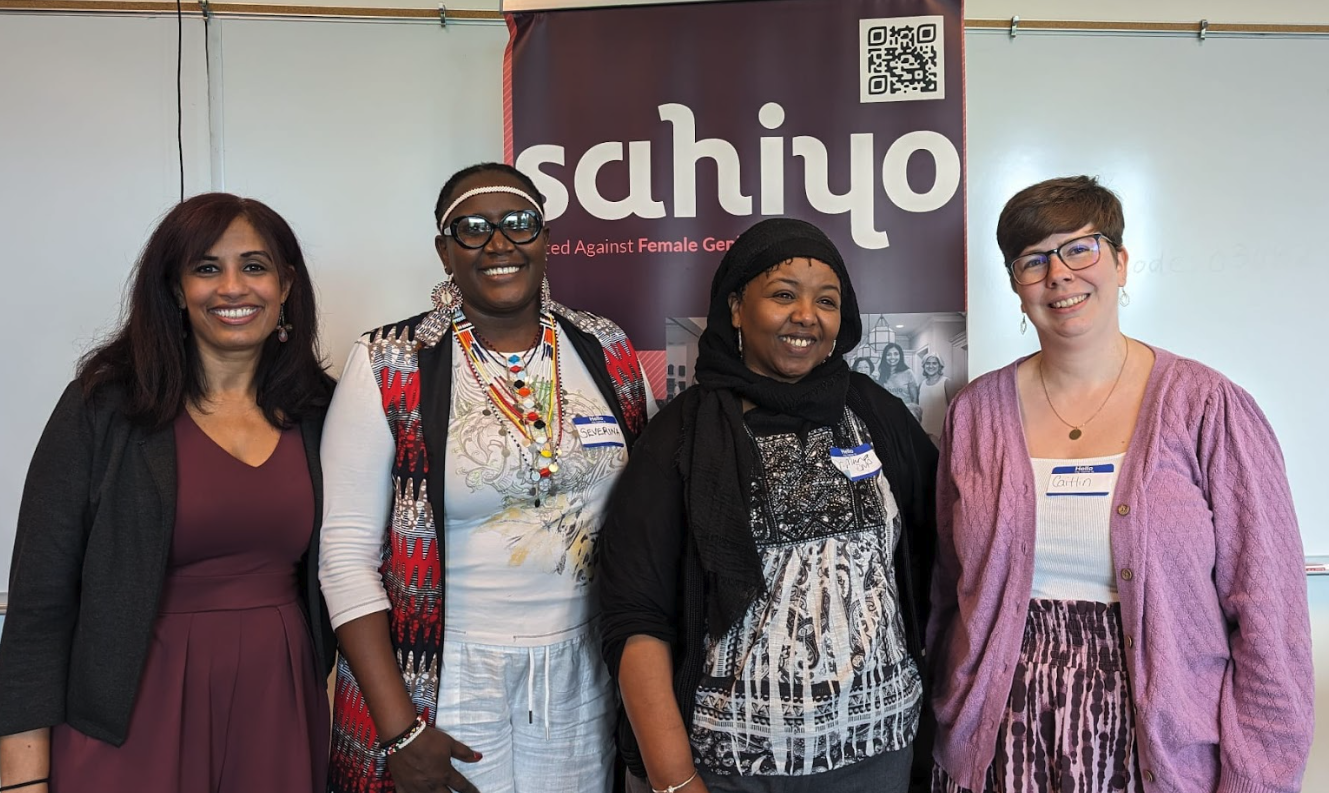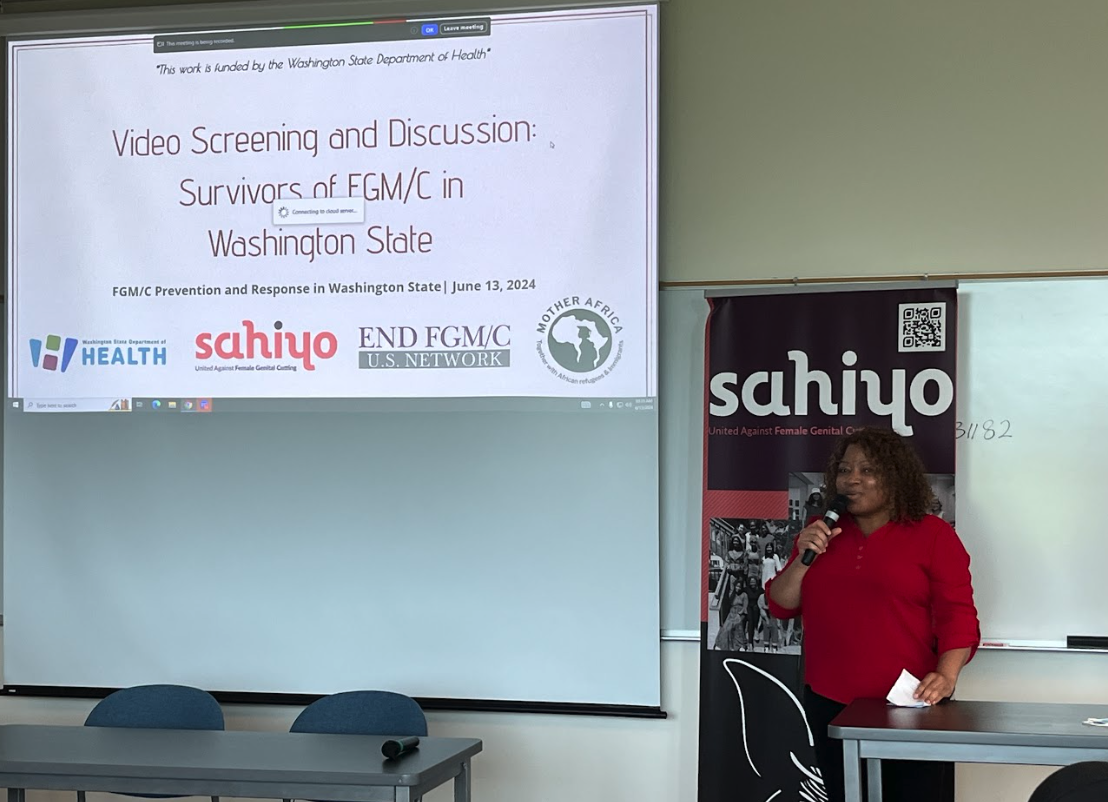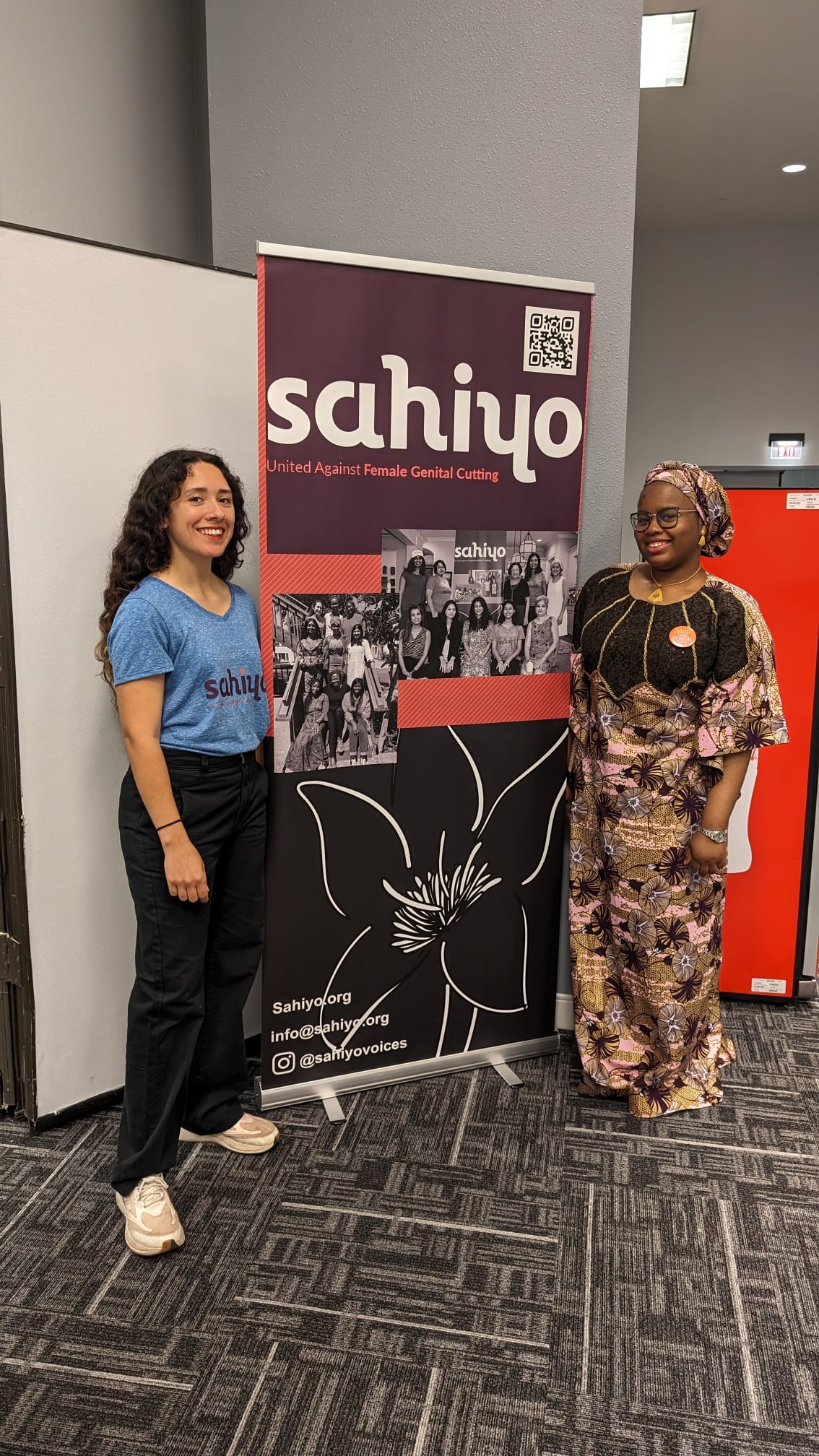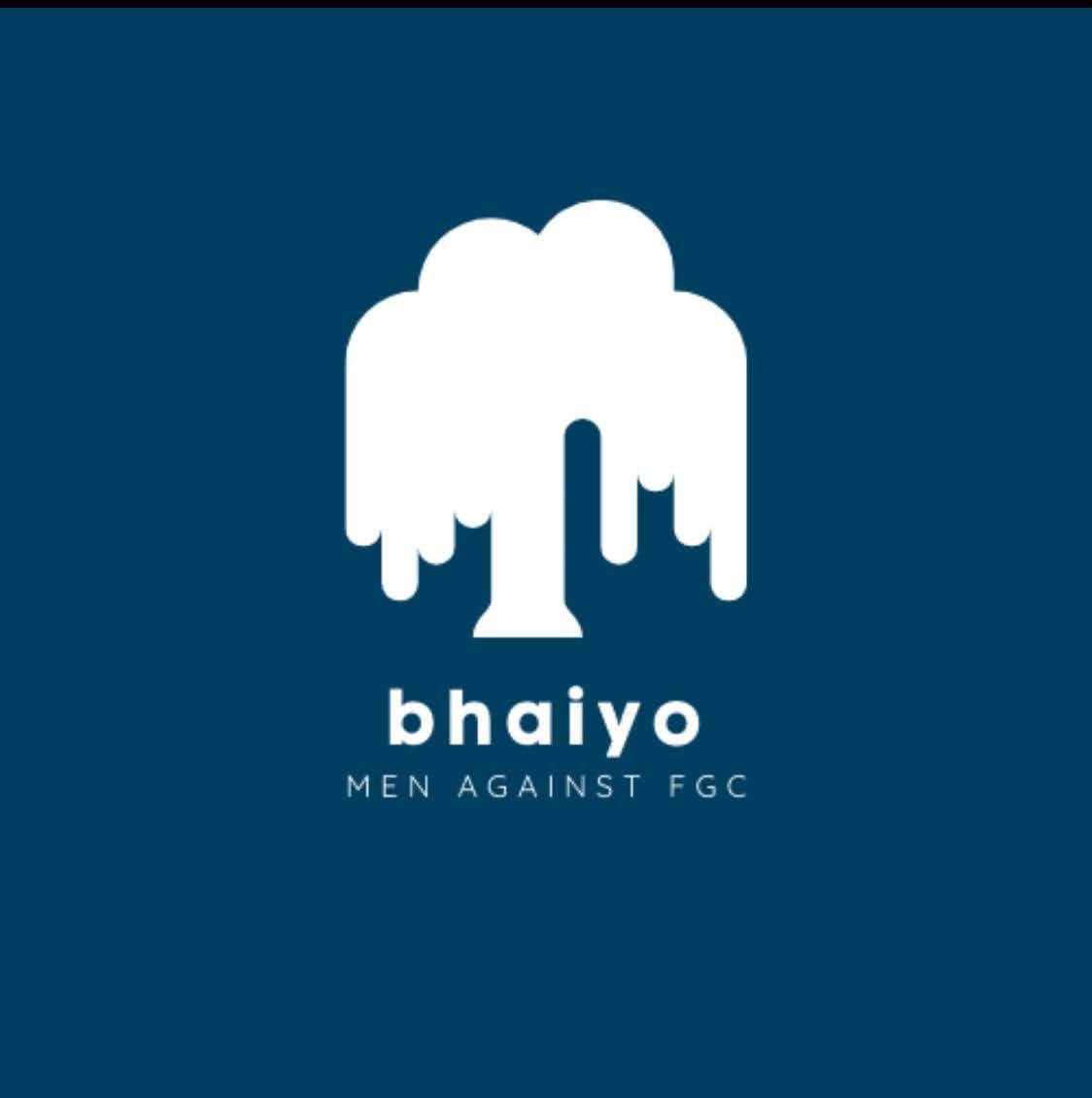By Hakim Rangwala
Even in today's modern age, when Mukesh Ambani entrusted his daughter Isha with the management of a multi-crore retail business, there exists a very repulsive and harmful practice among the Dawoodi Bohra, a Shia sub-sect that generally looks modern and reformist on the surface.
When a girl is young, the Bohras cut her clitoris. They believe this to be a religious rite, and even today, well-educated Bohras and those with big businesses strictly practice it. Among Bohras all over the world, this practice of khatna is done by women themselves, and in cities and towns where there is no such woman, girls are taken abroad for it.
This organ given by nature [the clitoris], which gives women the maximum sexual pleasure, is called 'bhrugankur' in Gujarati. Taking it away from a woman is a harm like no other. This is the only one.
A few years ago, a case was filed against three Bohras in Australia for carrying out this practice of khatna on two young girls. This practice is illegal in Australia and other Western countries. Because of this case, the Bohra jamaats in Sydney and other such Western cities issued notices to the local communities not to perform khatna on girls.
Now, some humanitarians have filed a legal appeal in court to demand that this practice is banned in India. I think it is not too much to expect that the good people reading this should also join in making this demand to abolish this harmful practice.
Hakim's blog post was originally written in Gujarati. Here is the untranslated version:
મુકેશ અંબાણીએ દીકરી ઈશાને લાખો-કરોડો રૂપિયાના વહીવટનો રિટેઇલ વેપાર સોંપીને સ્ત્રી પ્રત્યે સન્માન અને વિશ્વાસ દાખવ્યો એવા આજના આધુનિક યુગમાં પણ ઈસ્લામના શિયા સંપ્રદાયનો પેટા સંપ્રદાય દાઉદી વ્હોરા, જે સામાન્ય રીતે ઉપરથી આધુનિક અને સુધારાવાદી દેખાય છે, એ વ્હોરાઓમાં એક અતિ ધૃણાજનક અને ક્રૂર પ્રક્રિયા અસ્તિત્વમાં છે.
સ્ત્રી જ્યારે નાની બાળકી હોય છે ત્યારે આ વ્હોરાઓ એ બાળકીના ક્લાઈટોરીસ નું છેદન કરાવે છે. આ ક્રિયાને તેઓ ધાર્મિકતા સમજે છે અને મોટા કહેવાતા ઉદ્યોગપતિઓ, ભણેલા- ગણેલા દાઉદી વ્હોરાઓ પણ આ ક્રિયાનું ચુસ્ત પાલન કરે છે આજના યુગમાં પણ. દુનિયા આખીમાં સ્ત્રી ખતના કરવાનું કામ ખુદ વ્હોરા સ્ત્રીઓ જ કરતી હોય છે અને જ્યા એવી સ્ત્રી ન રહેતી હોય એ ગામ-શહેરના લોકો પોતાની બાળકીઓને બહારગામ લઈ જઈને પણ આ ખતના કરાવે છે.
સ્ત્રીને સેક્સમાં મહત્તમ આનંદ આપતું કુદરતે એને આપેલું અંગ જેને ગુજરાતીમાં ભૃગાંકુર કહે છે. આ અંગ સ્ત્રી પાસેથી આંચકી લેવું એના જેવી ક્રૂર ક્રિયા બીજી એકેય નથી. આ એક અને અજોડ ક્રૂરતા છે.
અમુક વર્ષો પહેલા ઓસ્ટ્રેલિયામાં બે યુવતીઓ પર ખત્ના કરવા બદલ ત્રણ વ્હોરા સામે કેસ દાખલ કરવામાં આવ્યો હતો. ઓસ્ટ્રેલિયા અને પશ્ચિમના અન્ય ઘણા દેશોમાં છોકરીઓ પર ખટના ગેરકાયદેસર છે. આ કેસને કારણે, સિડનીમાં અને આમાંના ઘણા પશ્ચિમી શહેરોમાં વ્હોરા જમાતે સ્થાનિક સમુદાયને હવે છોકરીઓ પર ખત્ના ન કરવા સૂચના આપી છે.
હવે ભારતમાં આવી ક્રૂર પ્રથા ન હોવી જોઈએ કાયદાથી એવી માંગ અમુક માનવતાવાદી લોકોએ ઉપાડીને કોર્ટમાં અપીલ કરી છે. આ વાંચનાર ભલા લોકોએ પણ આ માંગ માં જોડાવું જોઈએ અને આ ક્રૂર પ્રથા નાબૂદ થવી જોઈએ એવી અપેક્ષા વધુ પડતી નથી જ એવું મને લાગે છે, હો સાહેબ.....
In honor of Father’s Day 2024, Sahiyo’s male engagement program, Bhaiyo, has launched a month-long public awareness campaign to uplift the importance of male voices and allies in ending FGC. If you would like to contribute, please email This email address is being protected from spambots. You need JavaScript enabled to view it..
Related:







